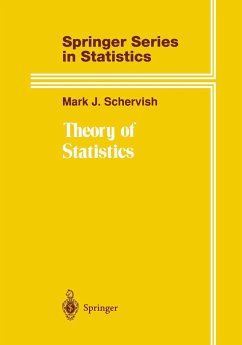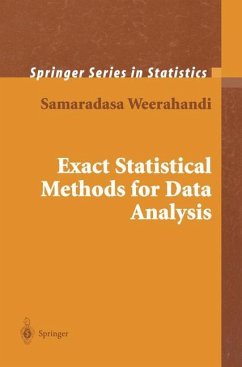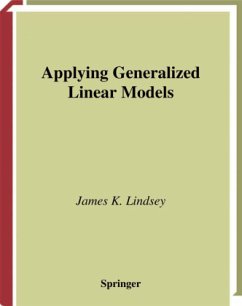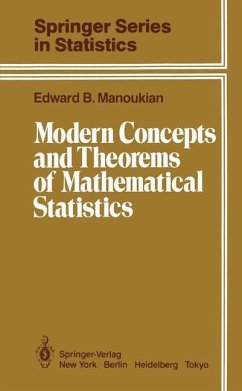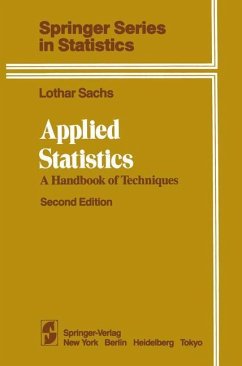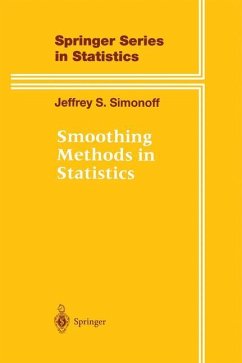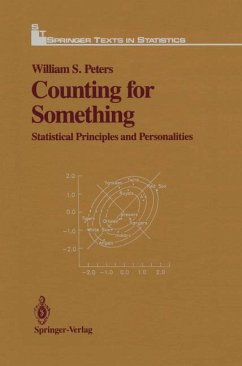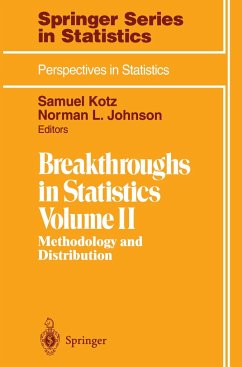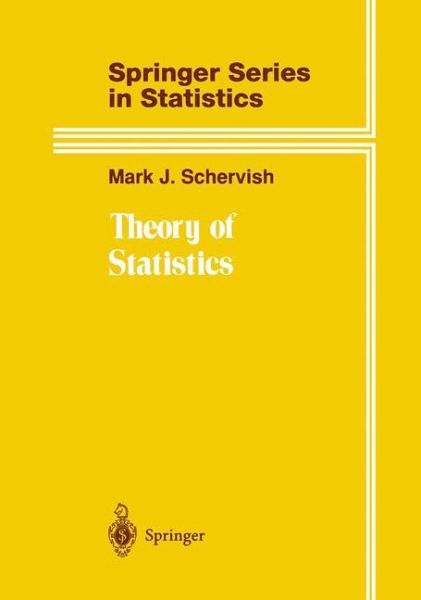
Theory of Statistics

PAYBACK Punkte
51 °P sammeln!
The aim of this graduate textbook is to provide a comprehensive advanced course in the theory of statistics covering those topics in estimation, testing, and large sample theory which a graduate student might typically need to learn as preparation for work on a Ph.D. An important strength of this book is that it provides a mathematically rigorous and even-handed account of both Classical and Bayesian inference in order to give readers a broad perspective. For example, the "uniformly most powerful" approach to testing is contrasted with available decision-theoretic approaches.





